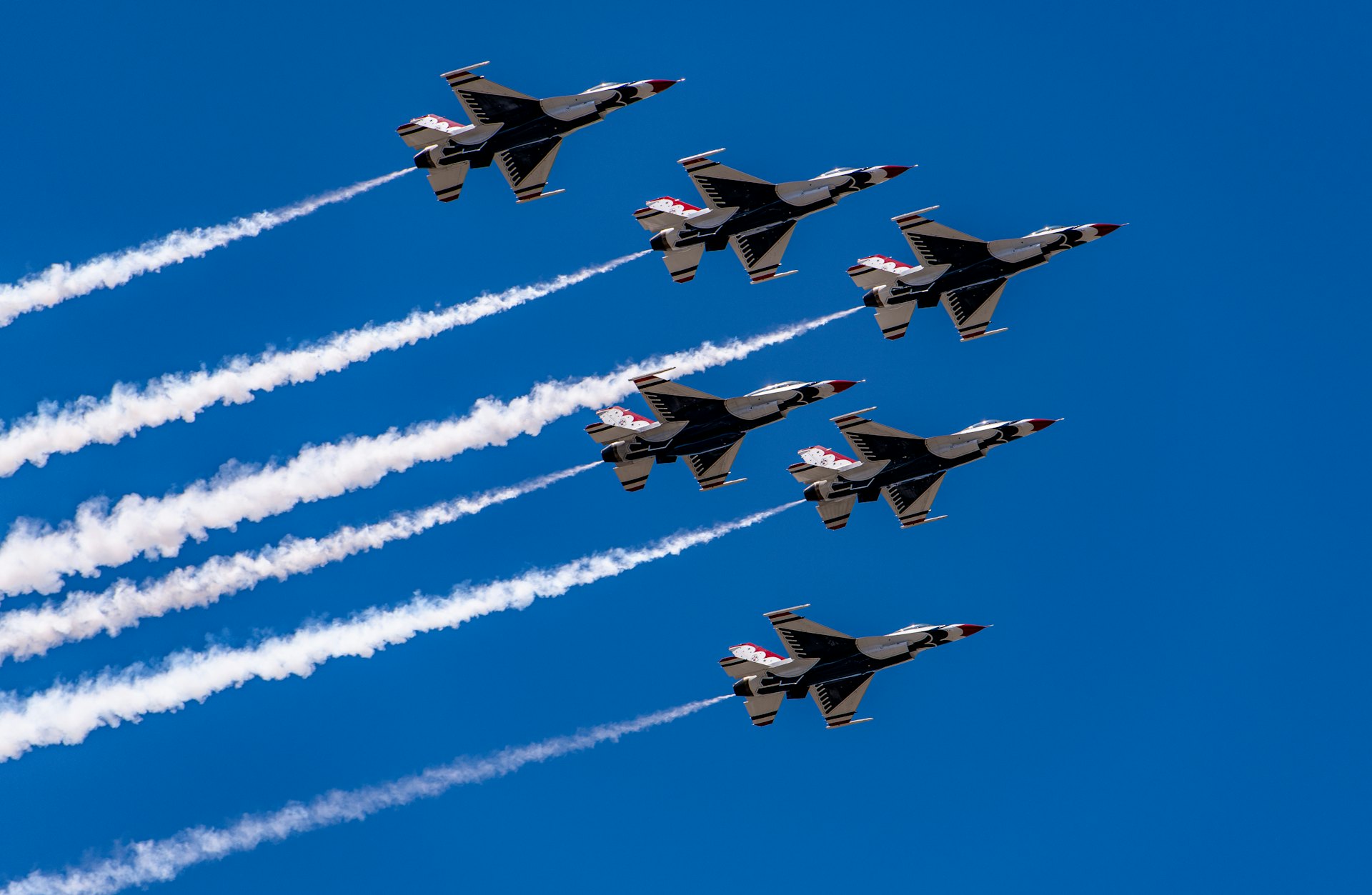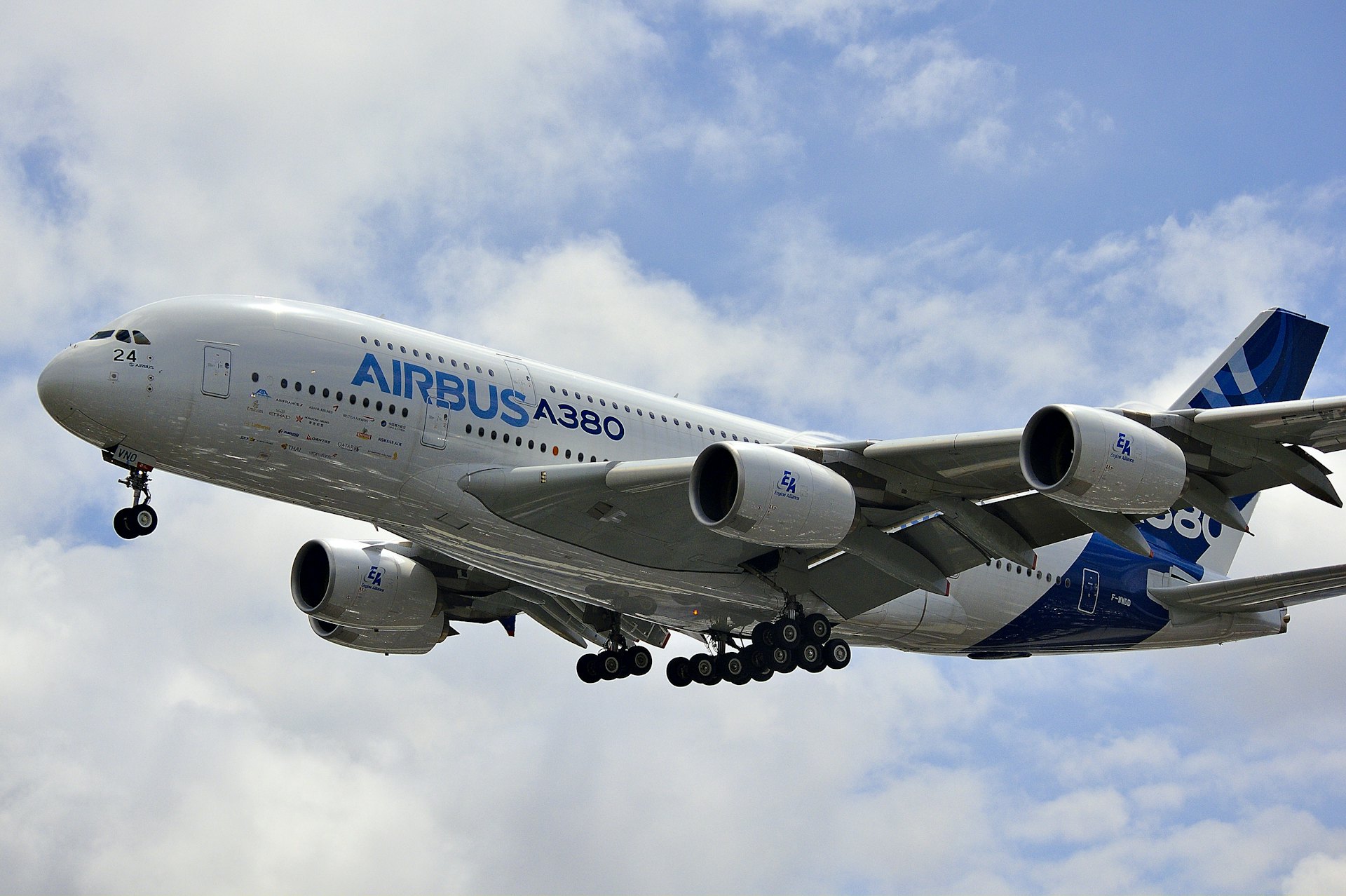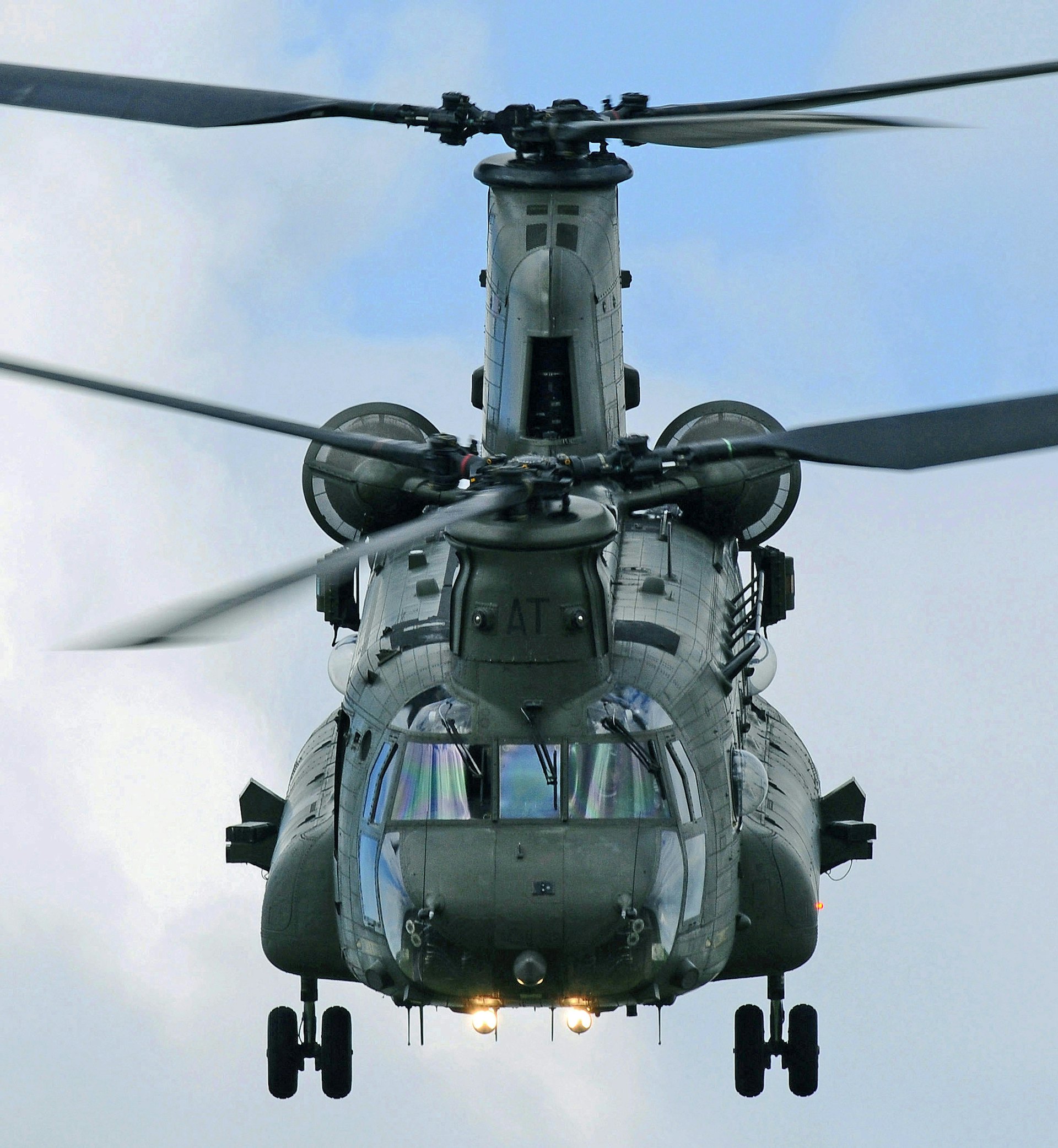
our insights upon the aerospace industry
Answering Questions with Regards to Aerospace
We offer analyses of the Aerospace Scenes through our consultancies. Scroll below for samples of our analyses. Kindly contact us for in depth analyses.

aerospace insight
Aerospace Industry in Malaysia
by Assoc. Prof. Major Dr. Mohd Harridon & Dr. Farhan Abdullah
The Aerospace Industry had gained a tremendous foothold in Malaysia with several international companies investing and establishing branches in Malaysia. Spirit Aerosystems, General Electric, Airbus, and others had extensive foothold in Malaysia with Spirit Aerosystems establishing manufacturing plant that fabricates aircraft components and Airbus having simulator facilities to complement their clients in Malaysia.
Foreign Investments in Malaysia are nothing new with the acquisition of numerous aircraft with different types. The Royal Malaysian Air Force for example had purchased the fighter jet F/A-18D Hornet to increase its force multiplier. The acquisition came in packages, integrating maintenance packages into its acquisition in order to prolong the life of the aircraft and also to sustain the airworthiness and safety of the aircraft. This subsequently led to the development of several companies or units within that companies that actuate maintenance of the said aircraft. Thus, this also create enhancement of the Aerospace Ecosystem in Malaysia.
With the acquisition of the fighter jets and aircrafts of other variances and types, several Aerospace Companies in Malaysia also had partnered with other international companies to offer maintenance services of components of these aircrafts. For example, the ejection seats of the fighter jets are required to be maintained at periodic time frame and Destini Prima had benefited from this with contracts being given by the Ministry of Defence of Malaysia.
Other International Companies in Malaysia had benefitted from tax incentives given by the Government of Malaysia and the government policy of being friendly to foreign investment had seen numerous benefits to the Aerospace employment in Malaysia. This can evidently be observed in the establishment of Spirit Aerosystems where local workers were employed by the company. The government had also set a land beside Subang Airport for the establishment of the manufacturing plant of Spirit Aerosystems and this eases the transportation of the aircraft parts fabricated by the company.
More insights upon this matter through our hired Aerospace Services. Email Katherine at katherine@skyorbital.com for an appointment.

aerospace insight
Mathematics in Aerospace
by Assoc. Prof. Major Dr. Mohd Harridon, Dr. Farhan Abdullah, Warrant Officer (R) Sahaddan Osman
Mathematics had been utilized extensively by engineers, scientists, inventors, and others to develop products, to perform in depth analyses, and to perform various functionalities. In Aerospace, mathematics is used for myriad purposes. When designing an aircraft, the designer would utilize the mathematics of aerodynamics in order to represent movements and gauge the proficiency of the wings. Examples of such equations are shown below which take into account the aircraft surface area S and the angle between the wing and the direction of movement i. In the equations below L represents lift while D represents drift.
L = kSv^2sin(i)cos(i)
D = kSv^2sin^2(i)
The examples shown are just the tip of the ice berg. Another notable example is the utilization of the Navier-Stokes equations that elucidate the phenomenon of flow of fluid. With these equations, designers and engineers are able to discern the flow of air that transverses wings of different dimensions, contours, and shapes. This allows the designers to alter the dimensions of the wings in order to gain a more efficient flow of air on the surface of the wings or to gain other objectives. This is also indicative of the role of mathematics, which is being a language that is able to represent phenomenon in an effective manner.
Airlines amassed huge volumes of data that accounts for maintenance works, flights, and others. Airlines use these data to enhance their services and also to save cost. Maintenance of aircrafts is usually actuated using Condition Based Maintenance where data of the condition of the aircraft are analysed in order to identify the appropriate time and method to actuate the maintenance process. Analyses of these data utilized mathematics and Pearson Correlation Analysis can be used to find correlation between two sets of data. This can aid engineers in formulating the appropriate maintenance process.
Say for example, in an aircraft, through Pearson Correlation Analysis, we found out that component A has a high positive correlation with component B. If the value of component A increases, the value of component B also increases. Thus, by peering the volumes of data related to component A, we can also, in a sense, predict the trajectory of the value of component B. Hence, we have at our disposal an apparition of Predictive Maintenance that could be utilized to assist the maintenance process of aircraft.
Our team at SkyOrbital is able to assist you in your predicaments through extensive usage of mathematics. Kindly contact us at katherine@skyorbital.com to set an appointment.

aerospace insight
Is Physical Fitness Important in the Aerospace Industry?
by Assoc. Prof. Major Dr. Mohd Harridon, Dr. Farhan Abdullah, Warrant Officer (R) Sahaddan Osman
In the Aerospace Industry, safety is the uttermost important and has been the mantra for a majority of the organizations that are involve in the Aerospace Field. Why is it important? Because lives depended upon safety. An aircraft that is not safe would lead incidents that perhaps would cause lives to be taken. An example would be the failure of engines due to improper maintenance which plausibly could lead to the plunging of the aircraft and thus deaths of those on board. Another grave concern is the degradation of the output of works of personnel in the Aerospace Field.
For instance, a maintenance worker who is not physically fit would feel the strains of working in certain work spaces and thus may lead to him or her actuating mistakes which compromise safety. This is in contrast with individuals that are physically fit that would feel comfortable working in numerous work spaces and thus tend to make less or no mistakes. This itself evidently shows that Physical Fitness plays an important role in Aerospace Safety. There should be a regimental programme that mould Aerospace Workers to be constantly fit in order not to jeopardize safety and to prevent an increase of “sick days” which eventually would lead to unproductive operations.
At SkyOrbital, we collect data of the work schedules of Aerospace Workers and try to integrate an optimum Physical Fitness Programme that fits and gel well with their work schedules. Not only that we also collect the data of the intensity of the chores actuated by the workers in order to gauge whether the intensity is detrimental to the Physical Fitness of the workers. With these data we can also propose the appropriate fitness regime to aid the workers to gain the optimum fitness for them to actuate their chores with adequate sufficiency.
Our Physical Fitness Training is functional in nature which means the physical exercises that the individuals go through are applicable in their jobs or chores. For example, an avionics technician needs to squat to fix or repair certain components on the avionics rack. This means the technician needs to have optimum strength in their hamstring and calf in order to actuate the necessary repairs. In SkyOrbital’s Physical Fitness Programme, we identify this requirement first through our comprehensive Aerospace Assessment Tools and our Physical Fitness Training would facilitate and train the individuals to gain the necessary strength in their legs in order for them to be able to do repairs of the avionics rack.
To learn more about our Aerospace Physical Fitness Programme, kindly contact Katherine at katherine@skyorbital.com for more information.

aerospace insight
The Relevancy of Data in the Aerospace Industry
by Assoc. Prof. Major Dr. Mohd Harridon, Dr. Farhan Abdullah, Warrant Officer (R) Sahaddan Osman
Whenever an Aerospace Project is to be actuated, it’s imperative for the engineers or scientists to comprehend the intended ecosystem. For example, the mission of the Mars Rover, before the rover is inserted in the Mar’s atmosphere or landed on Mars, the authorities had collected and amassed volumes of data pertaining to the atmosphere and landscape of Mars. These data were then studied comprehensively at all angles to understand the dangers and issues that lurk at Mars. Understanding all of this allows the designers, engineers, and scientists to build the rover so that it could transverse the landscape of Mars effectively while carrying out the intended mission.
Data collected with regards to the landscape of Mars also gives engineers the knowledge of the extend of the dust particles that reside in Mars. These data are essential for the designer to design the appropriate filter for the Mars rover where this filter had filtered dusts and this prevent any maladies to the rover. We can evidently observe the important role that data play and how data were used extensively for engineering and scientific purposes. With this in mind, its imperative for those in the Aerospace Industry to utilize data extensively for various purposes such as decision making, engineering processes, in depth analyses, and others.
We would like to give another example where data were utilized in the Aerospace Industry. Maintaining aircraft is an expensive process where several resources are involved in fixing and overhauling the aircraft. Previous approach utilized schedules where aircrafts are overhaul in accordance to the schedule. This somehow pose a problem as there are cases where aircrafts were still in airworthy and pristine conditions and overhauling them seems like a waste of resources. To overcome this, most maintenances now days are actuated using the approach called Condition Based Maintenance (CBM).
In CBM, data of the condition of the aircraft are collected and stored. The data are gauged and analysed constantly in order to monitor the condition of the aircraft. If the condition is not good, the maintenance crew is put to work to overhaul or repair the aircraft. With this approach, the resources are utilized only when it’s needed and thus the resources are not wasted. We hence can see the usefulness of collecting and analysing data within this context. And as mentioned earlier, numerous entities in the Aerospace Industry can benefit when data are utilized extensively. We at SkyOrbital are experienced in data collection and analyses and we can customize and develop Mathematical Algorithms to extract meaningful information for the usage of the Aerospace Industry. Kindly contact us at katherine@skyorbital.com to find out more.

aerospace insight
The Symbiosis Relationship Between Academia and Industry
by Assoc. Prof. Major Dr. Mohd Harridon, Dr. Farhan Abdullah, Warrant Officer (R) Sahaddan Osman
It's imperative for those in Academia to possess some degree of experiences in the contended Industry. Working in the Industry, be it Aerospace or Aviation or Marine or others, parlays extensive experiences to the employees and these experiences could be channeled to university students if the employees were to embark upon academic roles after completing their industrial tenures. This subsequently provides university students vital knowledge that were derived from conglomeration of past activities that were actuated by the lecturers with vast industrial experiences. This plausibly is the optimum scenario as experiences are merged with theoretical knowledge in delivering the tertiary curriculum.
The Symbiosis Relationship between Academia and Industry goes both ways. If there's a predicament or issue to be solved, academicians could be integrated as part of the solution. Academicians are usually equipped with deep insights upon theoretical framework or algorithm that could be utilized to solve industrial complexities. New and profound algorithms are constantly produced and fabricated from universities and could be tested on real life scenarios and intricacies that are readily available or inherent in the Industry.
For example, there is a predicament in the Aviation Industry where the full stature of the aircraft health could not be comprehensively obtained with the current approach. Thus, academicians were hired as consultants and they brought along new customized mathematical axioms that are suitable and adequate to solve the predicament. Academicians actuate various simulated scenarios in Academia, and Industrial Settings or Ecosystems are deemed as testbeds to test unproven or proven theoretical methodologies for the alleviation of the Industry as a whole. Methods that were derived from Academia and proven in the Industry could then be replicated in numerous fashion and subsequently be deemed as Industrial Standard.
The environment in the Industry could be considered harsh with datelines, schedules, milestones, work packages, and return of investment are the bottom lines. Academicians, although are also exposed to these conditions in Academia, also would benefit from these conditions in the Industry as the Industry would prepare them for the fast pace and "quick decision making" environment. Environment in the Industry is dynamic with several variables altered constantly due to politics, war, technological breakthrough, new competitions, and others. Academicians that are adaptable to these changes are more likely to procreate or produce solutions that are tailored to the demands and needs of the Industry. Kindly contact us at katherine@skyorbital.com to find out more on how to meet the demands of the Industry or Stakeholders.